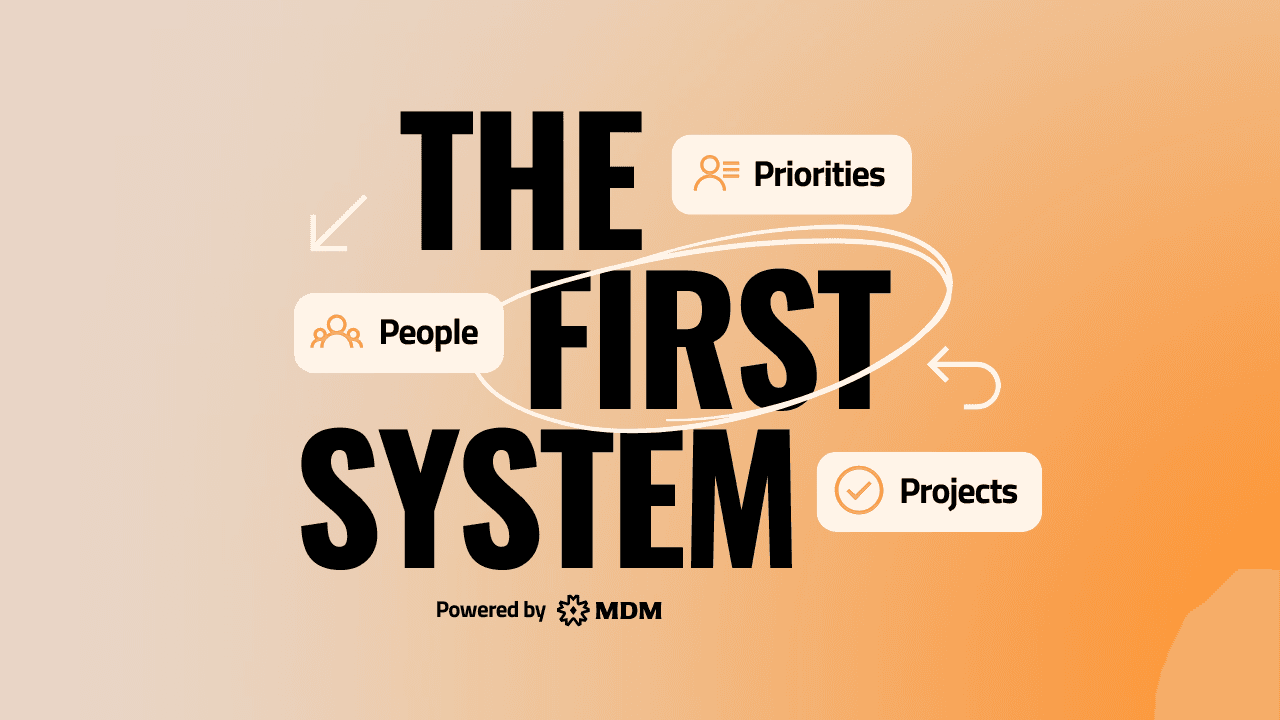A common challenge for businesses is the lack of structure in how teams operate.
Posted on May 12, 2025
The Purpose: Achieving Sustainable Growth
Every organization operates within two fundamental energies: expansion and efficiency.
Expansion drives bold action, innovation, and new opportunities.
Efficiency ensures sustainable growth through refined processes, optimized resources, and value retention.
These energies must work together for a business to thrive.
Expansion without efficiency leads to chaos; efficiency without expansion leads to stagnation.
The 6 Teams to Harmonize your Business
Balance expansion and efficiency in your organization with these six essential teams:
Marketing – Creating awareness and attracting attention (expansion)
Sales – Converting interest into engagement and revenue (expansion)
Client Experience – Delivering on promises and retaining clients (capture)
Operations – Ensuring systems and processes support business growth (efficiency)
Finance – Managing resources to sustain long-term growth (efficiency)
Vision & Strategy – Aligning all teams toward a shared future (integration)
Each team plays a role in the Value Creation & Capture Process, ensuring opportunities are retained, optimized, and leveraged for future success.
How to Structure your Teams
A common challenge for businesses is the lack of structure in how teams operate.
Leaders often find themselves questioning:
What tactics is each team using to achieve its goals?
What tools are in place to support execution?
How do team members interact within these structures?
Are these systems effective, or are they creating bottlenecks?
Without clarity, businesses struggle with inefficiencies, overlapping responsibilities, and wasted resources. The solution?
A structured framework that provides insight into how each team functions—allowing for continuous improvement and optimization.
The Steps to Structure Your Teams for Maximum Impact
To successfully balance expansion with efficiency, businesses need to implement a structured framework that provides visibility into team execution. This process involves four steps:
1. Assess the Current State of Each Team
Before making any adjustments, it's essential to audit the current structure of each of the six teams. Key questions to consider:
Who are the key players within each team?
What are their primary responsibilities?
What are the core objectives of each team?
This assessment creates the foundation for understanding how each team contributes to expansion, efficiency, or both.
2. Take Inventory of Tactics and Playbooks
Every team operates with a set of tactics—actions that drive results. By documenting these tactics, you gain clarity on how each team functions.
What strategies and frameworks does each team follow?
What standard operating procedures (SOPs) exist?
Are these tactics aligned with business goals?
This step allows you to evaluate whether teams are executing effectively and identify needed adjustments.
3. Identify Technology Tools and Map Them to Tactics
Technology plays a crucial role in execution, but many organizations lack visibility into how tools are being used. To optimize operations, businesses must:
Identify all the software, platforms, and systems in use
Map each tool to a specific tactic within a team's playbook
Determine if there are gaps, redundancies, or opportunities for automation
This step creates a comprehensive view of how each team operates, revealing inefficiencies, underutilized tools, and areas where better technology integration can improve performance.
4. Track, Report, and Continuously Improve
Once teams have been assessed and structured, ongoing tracking and reporting ensure that the business stays aligned with its goals.
Set a six-month review cycle to evaluate team structures, tools, and tactics
Monitor key performance indicators (KPIs) for each team
Identify areas for optimization, such as upgrading tools, adjusting tactics, or restructuring teams as needed
By implementing a continuous improvement cycle, businesses can maximize both expansion and efficiency, ensuring sustainable and scalable growth.
Preparation Notes: Key Considerations for Success
Don't overlook redundancy – If multiple teams use different tools for similar functions, consolidation may be necessary
Encourage team collaboration – Expansion and efficiency shouldn't exist in silos; teams must align on shared goals
Leverage automation – Where possible, implement tools that streamline execution and reduce manual effort
Be flexible with tactics – Strategies evolve, and teams should continuously refine their playbooks to stay competitive
Final Thoughts: Scaling with Clarity & Purpose
At MDM, we help businesses implement this structured team framework to drive sustainable growth. With clear visibility into how each team operates—through defined tactics, technology, and tracking—organizations can harmonize expansion and efficiency.
If you're ready to bring structure and clarity to your business, let's talk. Schedule a call today!







